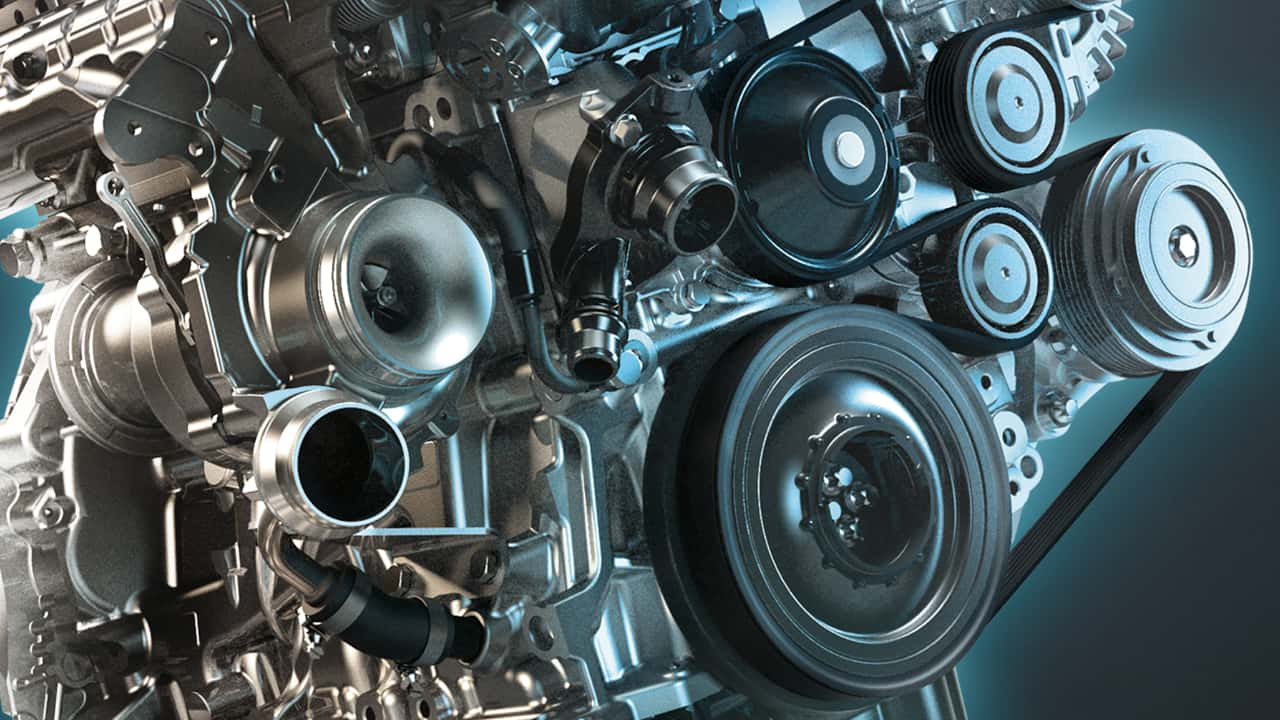- Arabic
- French
- Russian
- Spanish
- Portuguese
- Turkish
- Armenian
- English
- Albanian
- Amharic
- Azerbaijani
- Basque
- Belarusian
- Bengali
- Bosnian
- Bulgarian
- Catalan
- Cebuano
- Corsican
- Croatian
- Czech
- Danish
- Dutch
- Afrikaans
- Esperanto
- Estonian
- Finnish
- Frisian
- Galician
- Georgian
- German
- Greek
- Gujarati
- Haitian Creole
- hausa
- hawaiian
- Hebrew
- Hindi
- Miao
- Hungarian
- Icelandic
- igbo
- Indonesian
- irish
- Italian
- Japanese
- Javanese
- Kannada
- kazakh
- Khmer
- Rwandese
- Korean
- Kurdish
- Kyrgyz
- Lao
- Latin
- Latvian
- Lithuanian
- Luxembourgish
- Macedonian
- Malgashi
- Malay
- Malayalam
- Maltese
- Maori
- Marathi
- Mongolian
- Myanmar
- Nepali
- Norwegian
- Norwegian
- Occitan
- Pashto
- Persian
- Polish
- Punjabi
- Romanian
- Samoan
- Scottish Gaelic
- Serbian
- Sesotho
- Shona
- Sindhi
- Sinhala
- Slovak
- Slovenian
- Somali
- Sundanese
- Swahili
- Swedish
- Tagalog
- Tajik
- Tamil
- Tatar
- Telugu
- Thai
- Turkmen
- Ukrainian
- Urdu
- Uighur
- Uzbek
- Vietnamese
- Welsh
- Bantu
- Yiddish
- Yoruba
- Zulu
dec . 13, 2024 06:56 Back to list
Belt-Driven Motorcycle Innovations for Enhanced Performance and Riding Experience
The Evolution and Mechanics of Belt-Driven Motorbikes
In the realm of two-wheeled vehicles, the choice of propulsion system plays a vital role in defining the performance, reliability, and overall riding experience of a motorbike. Among the various types of transmission systems, belt-driven motorbikes have carved out a niche for themselves, showcasing unique characteristics and advantages that appeal to a diverse range of riders. This article explores the evolution, mechanics, and benefits of belt-driven motorbikes.
The Basics of Belt-Driven Systems
A belt-driven motorbike utilizes a rubber or composite belt to transfer power from the engine to the rear wheel. This system features a series of pulleys one connected to the engine (the drive pulley) and another connected to the rear wheel (the driven pulley). As the engine runs, it rotates the drive pulley, which in turn moves the belt, resulting in the rotation of the driven pulley. This seamless transition of power allows the bike to accelerate smoothly without the need for manual gear changes, presenting an appealing option for urban commuting and casual riding.
Historical Perspective
The concept of belt-driven motorcycles dates back to the early 20th century when manufacturers sought innovative ways to enhance rider experience. In that era, belts were often made of leather, requiring frequent maintenance and adjustments. However, with advancements in material science and engineering, modern belt systems now employ durable materials such as reinforced rubber and carbon composites, drastically increasing their lifespan and reliability.
Over the years, manufacturers like Harley-Davidson, Ducati, and Honda have adopted belt-drive systems in various models, particularly in cruising and touring bikes. These brands recognized that the smooth operation and lower maintenance needs of belt systems could significantly enhance the ride quality and attract a more extensive customer base.
Advantages of Belt-Driven Motorbikes
belt driven motorbike

1. Low Maintenance One of the most significant advantages of belt-driven systems is their low maintenance requirement. Unlike chain systems, which require regular lubrication and tension adjustments, belt systems are relatively maintenance-free. This makes them an attractive option for riders who prefer a more hands-off approach to bike care.
2. Smooth Ride The design of belt-driven systems allows for a smoother power delivery, leading to a more comfortable ride. This is particularly beneficial in stop-and-go traffic, where the need for constant gear shifting is minimized. The absence of harsh jerks and vibrations enhances the overall riding experience.
3. Quiet Operation Belt-driven systems operate quietly compared to chain and gear systems. This characteristic not only contributes to a more serene riding experience but also aligns with the increasing demand for environmentally friendly and noise-conscious vehicles.
4. Longevity Contemporary belts are designed to withstand significant wear and tear. They can last much longer than traditional chains, reducing the frequency of replacements. When combined with the minimal maintenance needs, this enhances the appeal of belt-driven motorbikes for both novice and experienced riders.
5. Weight Distribution Belt-driven systems typically weigh less than chain systems, contributing to a better weight distribution. This can improve handling and maneuverability, particularly in heavier motorcycles.
The Future of Belt-Driven Motorbikes
As technology advances, the future of belt-driven motorbikes looks promising. Electric motorcycles, which are becoming increasingly popular, often employ belt systems due to their compatibility with electric drivetrains. This shift could signal a resurgence of interest in belt-driven technology as manufacturers aim to create motorcycles that are not only efficient and accessible but also environmentally friendly.
In conclusion, belt-driven motorbikes represent a harmonious blend of engineering ingenuity and rider-centric design. With their low maintenance needs, smooth operation, and durability, these bikes offer an appealing alternative to traditional chain-driven systems. As the motorcycle industry continues to innovate, the belt-driven system may play a pivotal role in shaping the future of motorcycling, offering a reliable and enjoyable experience for riders around the world. Whether for commuting, touring, or leisurely rides, the belt-driven motorbike stands as a testament to the evolution of motorcycle technology.
-
Variable Belt Drive AI Optimized for Efficiency
NewsAug.05,2025
-
High-Quality Tensioner Belt Pulley - Durable & Efficient
NewsAug.03,2025
-
Premium Timing Belt Factory | AI-Optimized Solutions
NewsAug.02,2025
-
Heat Joining Drive Belt | High-Durability Fusion Solution
NewsJul.31,2025
-
Timing Belt Video Guide: Selection, Design & Quality Insights
NewsJul.30,2025
-
High-Performance Variable Speed V Belt Drive for Efficient Power Transmission
NewsJul.30,2025

